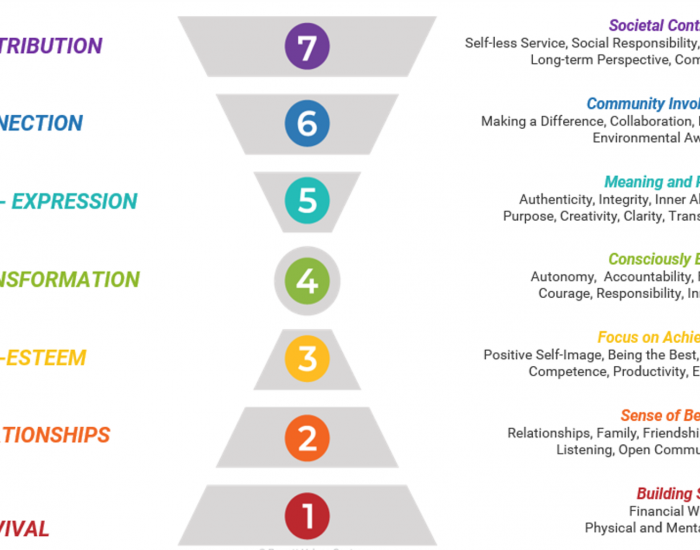Mindful in May – Setting yourself up for success
This article is a resource for anyone who has signed up for Mindful in May 2018 ( and equally applies to any other similar self-care challenge). It outlines 8 key steps for you to consider to set yourself up for success.
I was preparing this “Setting yourself up for success” handout to provide at a launch of Mindful in May at corporate client in Melbourne this week and it struck me that this information might be useful to a broader audience involved in Mindful in May- so here it is hopefully with a gem or two for you to get the most out of this challenge.(NB. It equally applies to any new self-care program that you might be considering too)
1. Be clear about what you are committing to upfront – Setting an Intention and Goals
I recommend setting an intention for the whole month and a goal for each week. Intentions are more about deciding ‘who’ you want to be and ‘how’ you want to show up, for example: your intention might be to keep showing up with the practice even when you don’t feel like it / or your intention might be to act with self-compassion throughout this experience.
Goals are about what you want to ‘do’ or accomplish. You might be better to start small. For example, maybe you set a goal for the first week to do four out of seven days and then review at the end of the week. If you end up doing it each day, then that’s a bonus. Repeat this each week. Review your intention and goals each week and refine so it feels right for you.
2. Decide on a regular time to do the practice.
Block it out in your calendar just as you would any other meeting. This is time for you to be with you. Block out half an hour so you have time to arrive get set up and space at the end to reflect or journal.
3. Attach it to an existing habit.
For example, if you get up each morning and the first thing you do is make a cup of tea, add your new step ‘do my meditation’ right before that one. So now you get up and sit in a chair in the lounge room and do your meditation, then have your cup of tea. Or in the evening, this time linking the new habit (the daily meditation) to cleaning your teeth, for example. (Charles Duhrigg’s book The Power of Habits is a great read on this topic.)
4. Set up the physical environment.
Where will you do your practice? Setting it up in the same location is the best way to establish a habit. What do you need to be supremely comfortable? A chair? Cushions? A blanket? A sign on the door to let others know not to interrupt is a great idea. What other distractions need to be removed from the space? If you are doing it at home let your family/kids know the what and how long you will be. (Pets and kids will be drawn to you when you meditate as they love how it feels).
5. Make sure your technology is working.
So you’ve set your intention and goals, your feeling mentally prepared and physically prepared and then your technology doesn’t work! Get your technology sorted ahead of time – what device will you use? Check that it is working ahead of time. Make sure your calls, messages and any other beeps and blips can be turned off during your practice. I recall running a group session last year for mindful in may and my computer froze all together five minutes into the meditation! It was not ideal. Please avoid that for yourself!
6. Holding yourself to account.
Decide if this is a solo adventure for you or if you would benefit from a buddy or buddies to share the experience with and help hold each to account. It’s your choice – make a conscious choice and set your self up with the support that you know that you need. If you do decide the buddy option decide whether you will meet each day to do the challenge (or not) but be sure to then schedule a weekly check in time to share your experience and to re-visit and refine your goals and intentions.
7. Keep a journal
Buy yourself a cheap notebook, nothing fancy and at the end of each 10 min session, take a few moments to reflect on how you felt before the session, how you feel now, how you found the practice today, what you noticed in your body and any other observations.
8. Sharing the love.
During the challenge share with others (your family, friends work colleagues) how you are finding the experience, what you are learning, which teachers are most inspiring etc. The world will be a better place when more and more people start to prioritise their own self-care needs. Mindfulness is a great way to begin that journey. If your kids are keen to get involved – that is fantastic – as a mother of three teenage daughters, I know more than ever how much kids need to add this skill to their ‘life toolkit’ too. In terms of the best way to approach, this I recommend still doing your practice AND then making a separate time to repeat one or more of the experiences that you have had with your child/children. (An important part of this process is this is about you claiming your own self-care space so its important to keep that healthy boundary).
Congratulations on taking this journey to take better care of you. I would love to hear how you go!
Has this been helpful? Are you interested in something more?
Perhaps you are needing an overall wellbeing health check? You might like to consider the completion of a Global Leadership Wellbeing Survey (GLWS) . Designed for senior leaders, this survey will help you understand your state of wellbeing at work and at home and is supported through a debrief and development coaching conversation to help you establish a sustainable self-care rhythm and show up as a better version of you. An eight week Wellbeing Assessment and Development Program (WADP) is also available for senior leadership teams to shift the dial on wellbeing and performance to drive cultural change.





